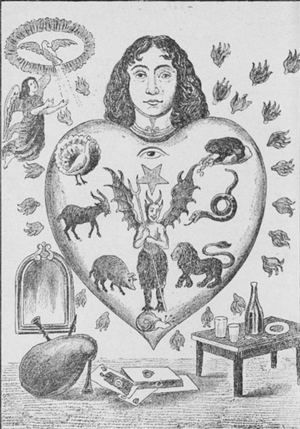Editorial
The activity below is taken from English for Comparative Religious Studies, a book designed for undergraduate students of Religious Studies and Theology for whom English is a Foreign or Second Language. For more see English for Comparative Religious Studies
The Seven Deadly Sins and the Use of the Definite Article
Michael Berman, UK
Michael Berman’s published work includes The Power of Metaphor by Crown House, The Nature of Shamanism and the Shamanic Story by Cambridge Scholars Publishing, as well as Shamanic Journeys through the Caucasus and Shamanic Journeys Shamanic Stories by O-Books. Journeys outside Time can be obtained from Pendraig Publishing, and Tales of Power from Lear Books, A Bridge to the Other Side and Georgia through Earth, Fire, Air and Water were published by Moon Books in 2012, and Sacred Mountains in 2013 by Mandrake. Michael's ELT publications include A Multiple Intelligences Road to an ELT Classroom, In a Faraway Land (a resource book for teachers on storytelling), On Business and for Pleasure (a self-study workbook), and English Language Teaching Matters, written with Mojca Belak and Wayne Rimmer. For more information please visit www.Thestoryteller.org.uk,
E-mail: berman.michael@rocketmail.com
The 7 Deadly Sins is a classification of objectionable vices that have been used since early Christian times to educate and instruct followers concerning fallen humanity's tendency to sin. The currently recognized version of the sins is usually given as wrath, greed, sloth, pride, lust, envy, and gluttony.

An allegorical image depicting the human heart subject to the seven deadly sins, each represented by an animal (clockwise: toad = avarice; snake = envy; lion = wrath; snail = sloth; pig = gluttony; goat = lust; peacock = pride). Français : Taolenn de François-Marie Balanant. This is a file from the Wikimedia Commons and the copyright holder has released this file into the public domain.
***
Greed is the desire for more than you need of something.
The greed certain politicians have for power is stronger than their wish to help the people they were originally elected to serve.
Notice the absence of THE when we refer to a subject in general and the use of THE to refer to a particular example of it.
***
Make pairs of sentences like the examples above about the other six deadly sins - one defining the sin and the other giving a particular example of it:
Now add a pair of sentences about an extra sin that you feel is a particularly evil one. You will then have the opportunity to read these out to the rest of the class, as well as to listen to everyone else's examples:
For homework or as a follow-up activity in class, write a short story to illustrate one of the sins, either individually or together in small groups:

Please check the Creative Methodology for the Classroom course at Pilgrims website.


|